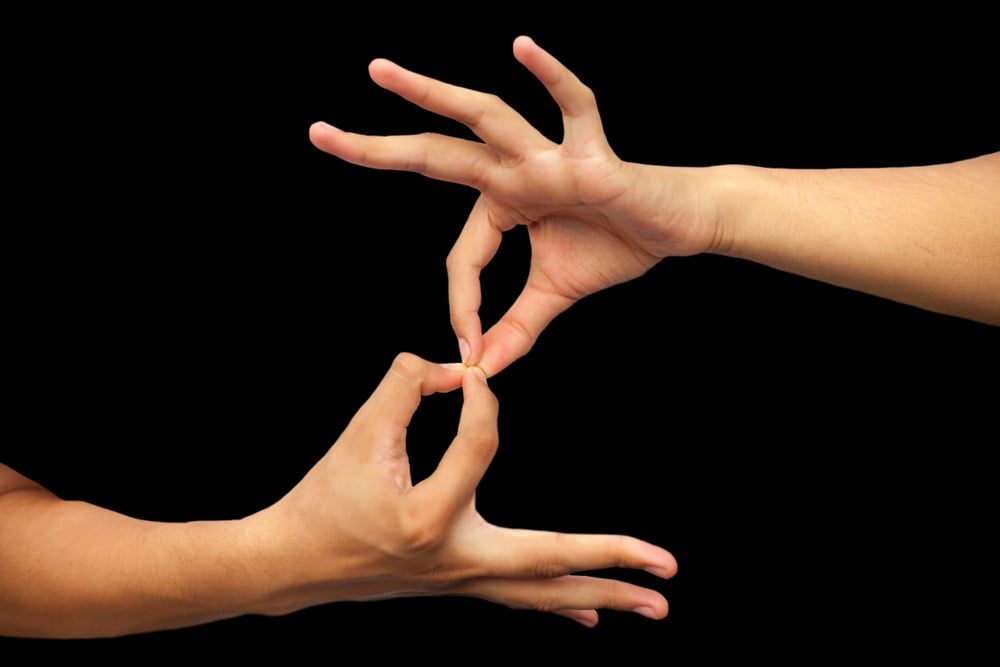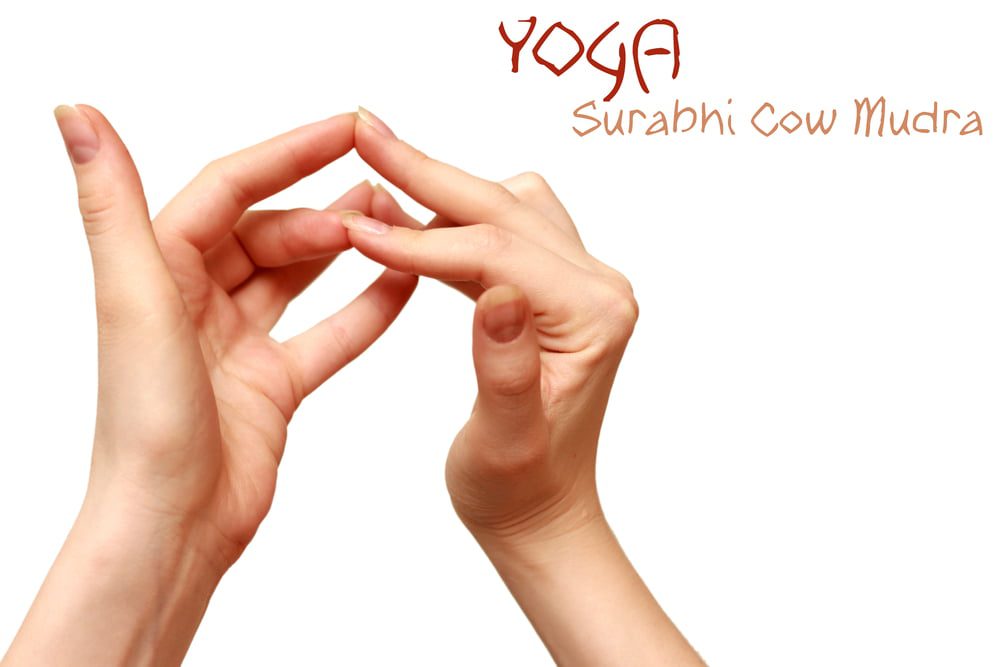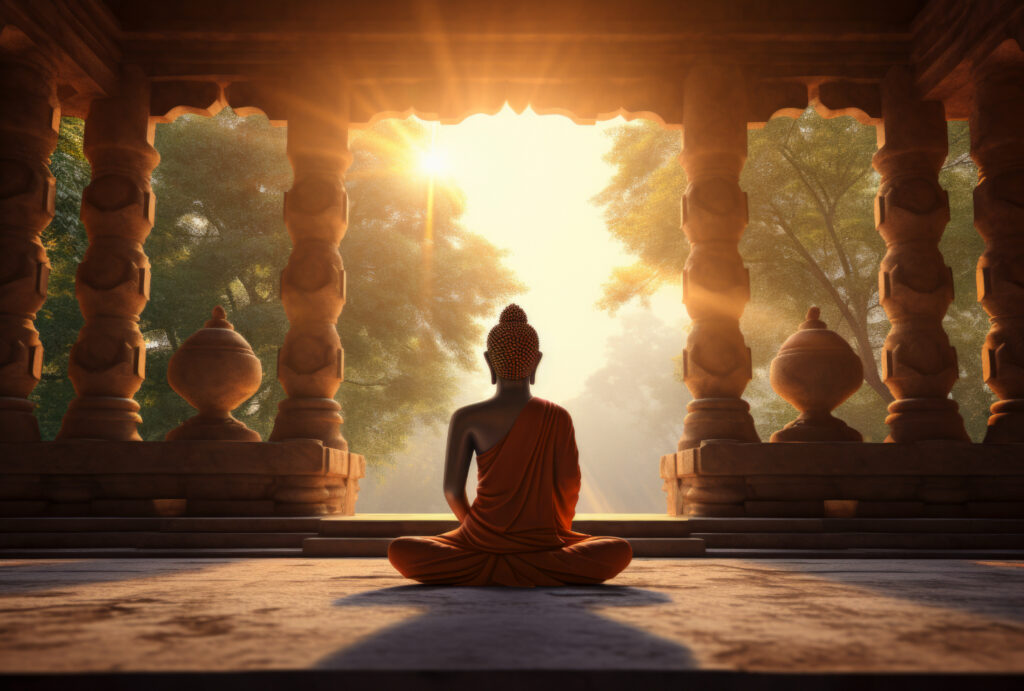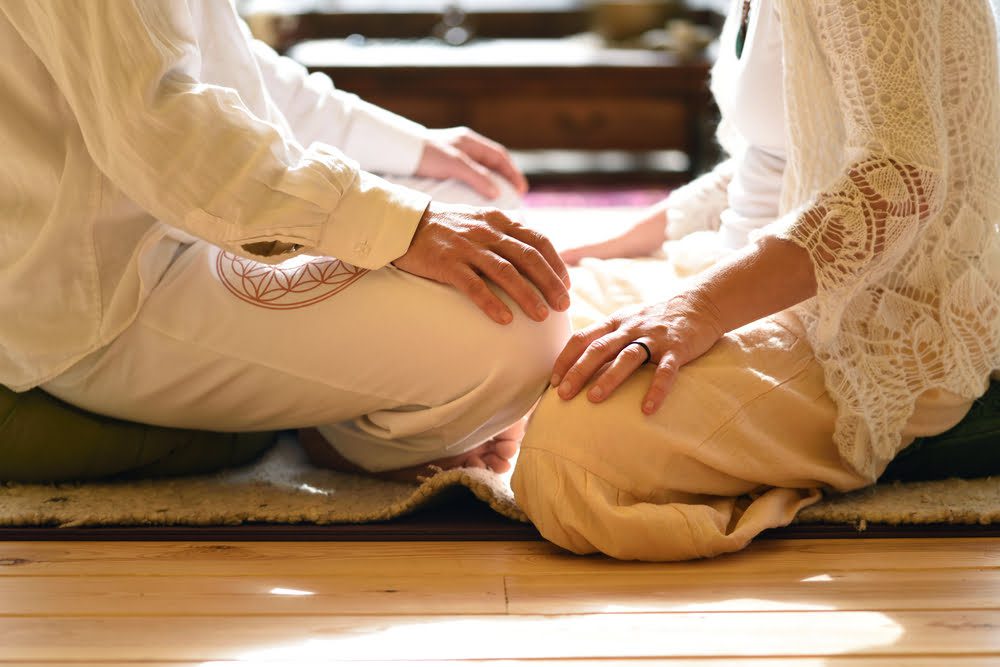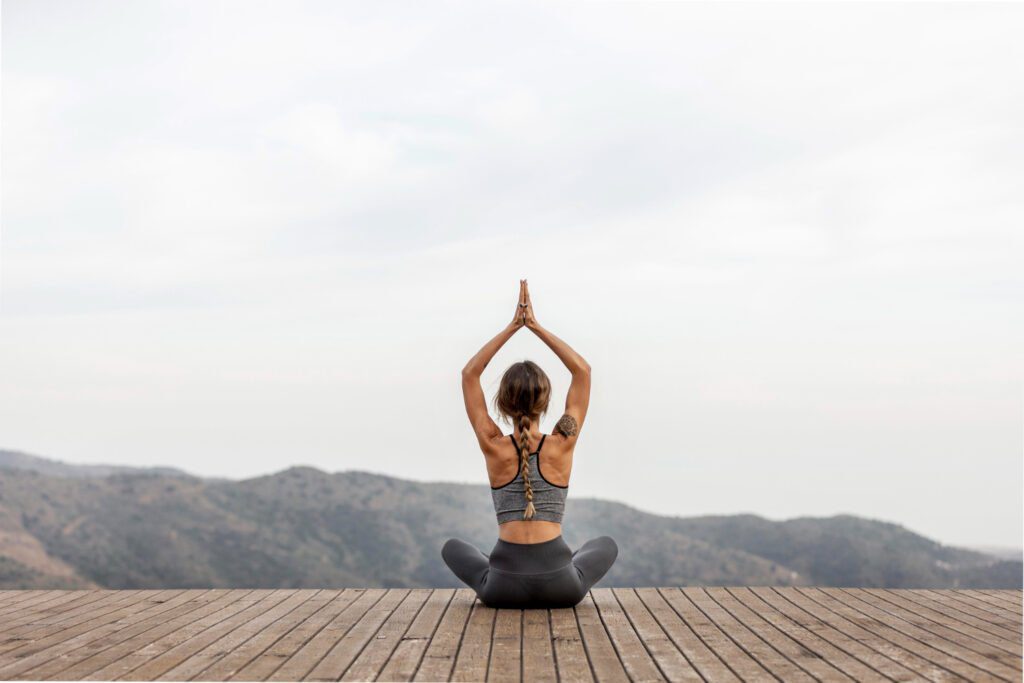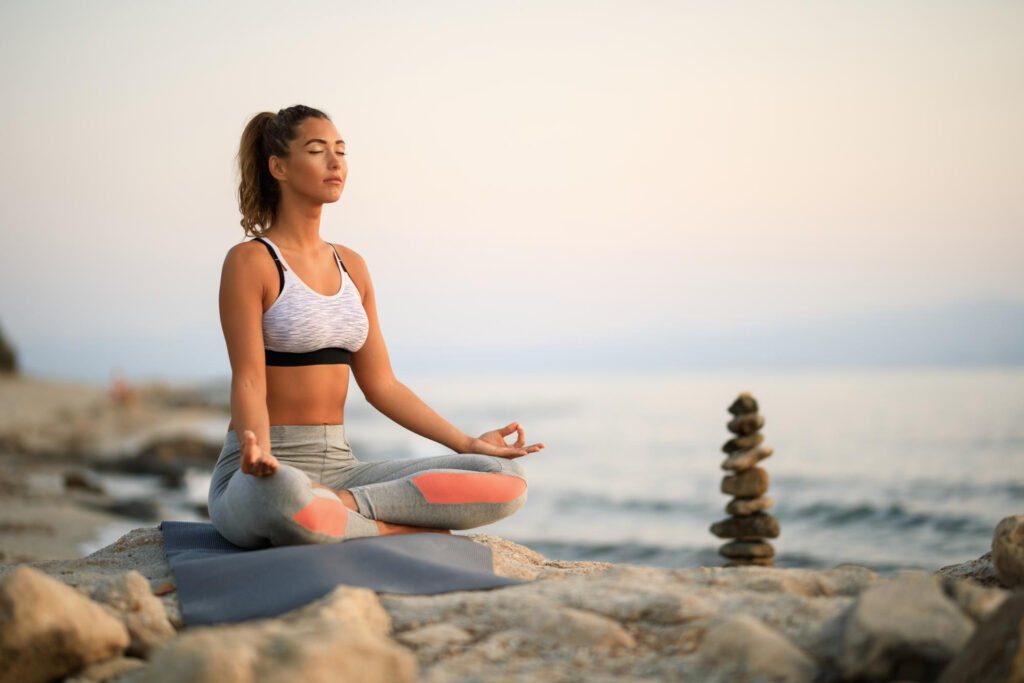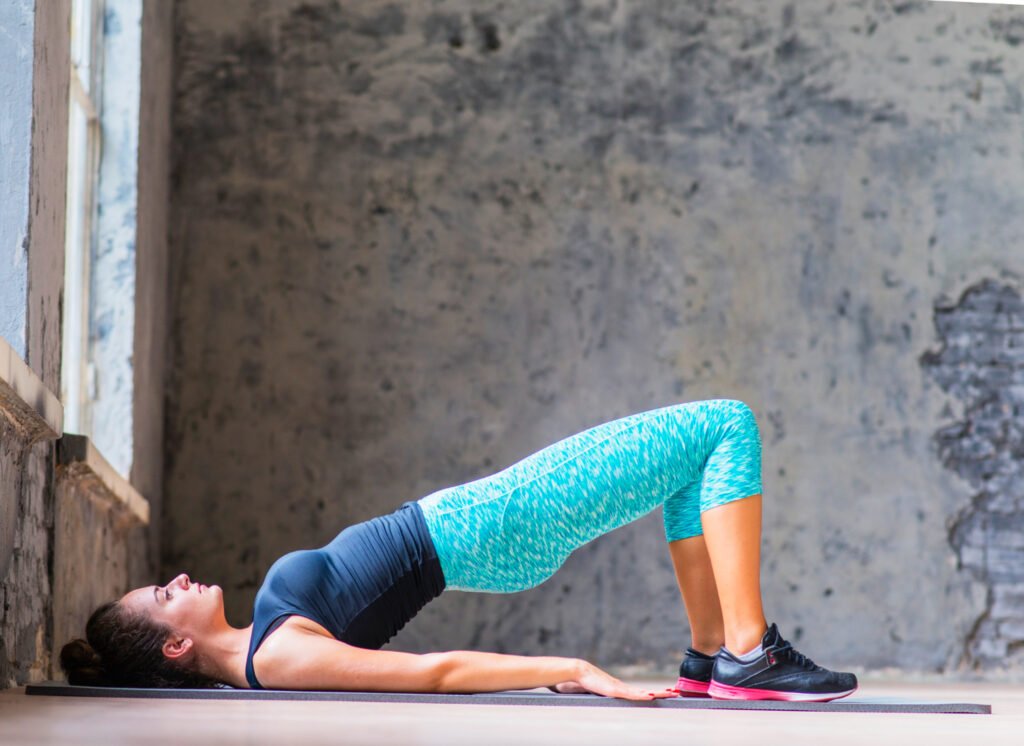The Dharmachakra Mudra, also known as the gesture of the wheel of Dharma, is a symbolic hand gesture commonly seen in Buddhist art and sculptures. It holds significant spiritual and philosophical meaning within the Buddhist tradition. This mudra represents the teaching of the Buddha and the constant turning of the wheel of Dharma, which signifies the continuous cycle of life, death, and rebirth. It is a symbol of enlightenment, wisdom, and the path to liberation. This introduction will explore the origins, symbolism, and significance of the Dharmachakra Mudra in the context of Buddhist philosophy and practice.
Benefits of Dharmachakra Mudra.
1. Enhances focus and concentration.
The Dharmachakra Mudra involves connecting the thumb and the index finger while extending the other three fingers. This formation stimulates the flow of energy in the body, promoting better focus and concentration during meditation or any other mindful activity.
2. Balances energy flow.
The joining of the thumb and index finger in the Dharmachakra Mudra creates a closed circuit, enabling the harmonious circulation of energy throughout the body. This balanced flow of energy helps to alleviate blockages, restore equilibrium, and promote overall well-being.
3. Cultivates inner peace.
By assuming the Dharmachakra Mudra, individuals can cultivate a deep sense of inner peace and tranquility. The gesture symbolizes the teachings of Buddha, reminding practitioners of the path to enlightenment and the importance of finding inner harmony amidst life’s challenges.
4. Promotes spiritual growth.
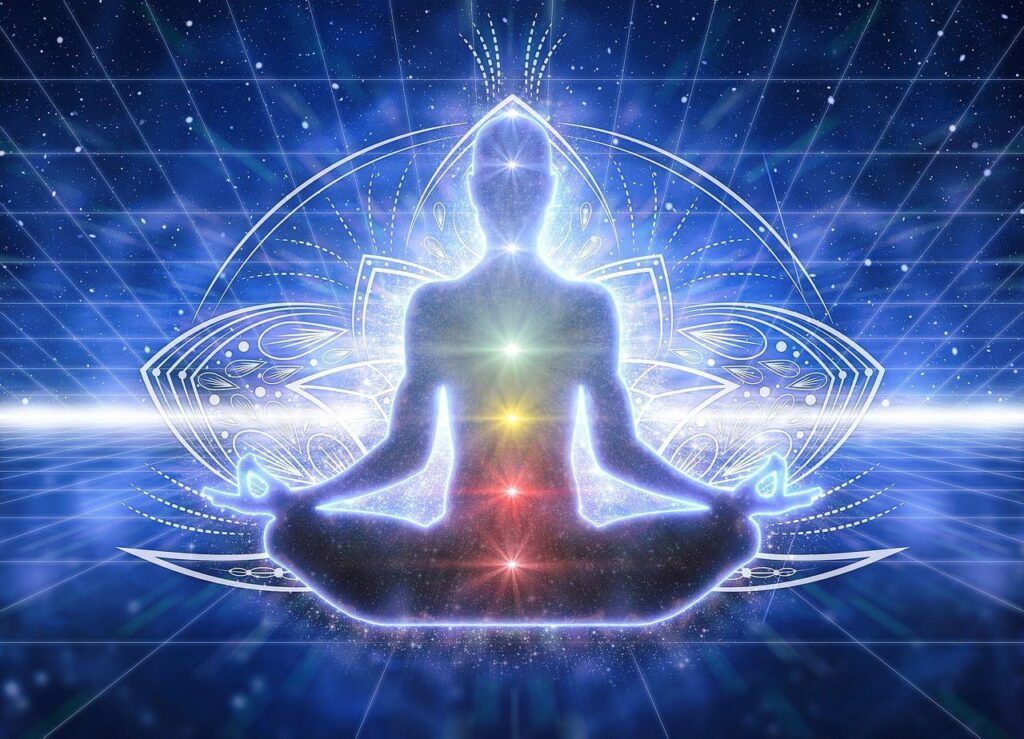
As a symbolic representation of the wheel of Dharma, the Dharmachakra Mudra facilitates spiritual growth and development. It serves as a reminder to individuals to strive for self-improvement, ethical conduct, and the pursuit of wisdom, leading to a deeper connection with their spiritual nature.
5. Aids in stress reduction.
The Dharmachakra Mudra can effectively reduce stress and anxiety. By focusing on the hand gesture and its symbolic meaning, practitioners can redirect their thoughts away from daily worries, leading to a calmer and more peaceful state of mind.
6. Increases mindfulness.
Engaging in the Dharmachakra Mudra encourages individuals to be more present and mindful in their daily lives. The hand gesture serves as a reminder to embrace the present moment, to be aware of one’s thoughts and actions, and to fully engage with the world around them.
7. Strengthens spiritual connection.
By practicing the Dharmachakra Mudra, individuals can strengthen their spiritual connection and deepen their understanding of Buddhist teachings. This hand gesture serves as a conduit for spiritual energy, allowing practitioners to tap into their inner wisdom and connect with higher states of consciousness.
| 💡 Tips FitMeMore.com The Dharmachakra Mudra offers a multitude of benefits that encompass physical, mental, and spiritual well-being. By incorporating this hand gesture into their practice, individuals can experience enhanced focus, balanced energy flow, inner peace, spiritual growth, stress reduction, increased mindfulness, and a strengthened spiritual connection. Embracing the Dharmachakra Mudra can lead to a more profound understanding of oneself and the world, ultimately guiding individuals towards a path of enlightenment and self-realization. |
How to do Dharmachakra Mudra?
Here is a step-by-step guide on how to perform the Dharmachakra Mudra:
1. Find a comfortable and peaceful place.
Begin by finding a quiet and serene space where you can sit comfortably without any distractions. This could be a meditation room, a peaceful corner in your home, or any place where you feel at ease.
2. Assume a seated position.
Sit on a cushion or a chair with your back straight, allowing your spine to be aligned in its natural curve. Rest your hands gently on your knees, palms facing downwards.
3. Relax your entire body.
Close your eyes and take a few deep breaths to relax your body and mind. Let go of any tension or stress you may be holding onto, and allow your body to settle into a state of calmness.
4. Join your index finger and thumb.
Slowly bring your hands together in front of your chest, allowing the tips of your thumb and index finger of each hand to touch lightly, forming a circle. The rest of your fingers should be relaxed and softly extended.
5. Position your hands at the heart level.
Bring your joined hands to the level of your heart, with your elbows slightly away from your body. This gesture symbolizes the connection between the heart and the mind, creating a harmonious balance within.
6. Engage in mindful breathing.
As you hold the Dharmachakra Mudra, focus your attention on your breath. Take deep, slow breaths, inhaling and exhaling mindfully. Allow each breath to deepen your connection with the present moment.
7. Reflect on the teachings of dharma.
While remaining in the Dharmachakra Mudra, contemplate the teachings of Buddha or any spiritual wisdom that resonates with you. Reflect on the concept of dharma, the path of righteousness and truth, and how it can guide your actions and thoughts.
8. Maintain the mudra for a desired duration.
You can hold the Dharmachakra Mudra for as long as you feel comfortable. Some practitioners choose to hold it for a few minutes, while others may maintain it for an extended period during their meditation practice. Listen to your body and do what feels right for you.
9. Release the mudra.
When you are ready to conclude your practice, gently release the Dharmachakra Mudra by separating your hands and placing them back on your knees, palms facing downwards.
10. Reflect on your experience.
Take a moment to reflect on your experience with the Dharmachakra Mudra. Notice any changes in your mental state, emotions, or sense of connectedness. Acknowledge the significance of this mudra in your spiritual journey.
| 💡 Tips FitMeMore.com Remember, the Dharmachakra Mudra is not limited to a specific religious tradition and can be practiced by anyone seeking spiritual growth and enlightenment. Regular practice can deepen your connection with the teachings of dharma and help you cultivate inner peace, wisdom, and compassion in your daily life. |
Who can do Dharmachakra Mudra?
The Dharmachakra Mudra can be performed by anyone who wishes to embody the principles of Buddhism and connect with its teachings. It can be practiced by both Buddhists and non-Buddhists alike as a way to find inner peace, mindfulness, and spiritual guidance.
The Dharmachakra Mudra is a universal gesture that transcends religious boundaries and welcomes all individuals seeking a deeper understanding of life and the pursuit of truth.
Who should avoid Dharmachakra Mudra?
While this mudra is generally beneficial and can be practiced by anyone, there are certain individuals who may want to avoid it. People with physical limitations or injuries in their hands, wrists, or arms may find it uncomfortable or difficult to perform this mudra.
Additionally, individuals who have specific medical conditions such as arthritis or carpal tunnel syndrome may need to exercise caution while practicing this hand gesture. It is always important to listen to your body and consult with a healthcare professional or a yoga instructor before attempting any new mudra or hand gesture.
What is the best time to do Dharmachakra Mudra?
This mudra is often performed during meditation and is believed to bring balance, harmony, and spiritual awakening. While there is no specific best time to do the Dharmachakra Mudra, many practitioners find it beneficial to perform it during their regular meditation practice.
This can be in the morning to start the day with a focused and peaceful mindset, or in the evening to unwind and reflect on the day. Ultimately, the best time to do the Dharmachakra Mudra is whenever it feels right for the individual and aligns with their spiritual practice.
Bottom Line.
The Dharmachakra Mudra is a profound and significant hand gesture that holds deep spiritual and cultural significance. It represents the turning of the Wheel of Dharma, symbolizing the teachings of the Buddha and the path to enlightenment. This mudra is a powerful tool for practitioners to cultivate mindfulness, wisdom, and compassion.
Through its practice, individuals can connect with the timeless wisdom of the Buddha and find guidance on their own spiritual journey. The Dharmachakra Mudra serves as a reminder of the interconnectedness of all beings and the potential for liberation from suffering. Its symbolism and practice continue to inspire and guide countless individuals on their quest for inner peace and awakening.
How we reviewed this article:
Our team of experts is always monitoring the health and wellness field, ensuring that our articles are updated promptly as new information emerges. See Our Editorial Process
May 13, 2025
Written By: Sarah Waskevich
Reviewed By: Katy Insley
Written By: Sarah Waskevich
Reviewed By: Katy Insley

 Workout
Workout
 Meditation
Meditation





 Contact Us
Contact Us

